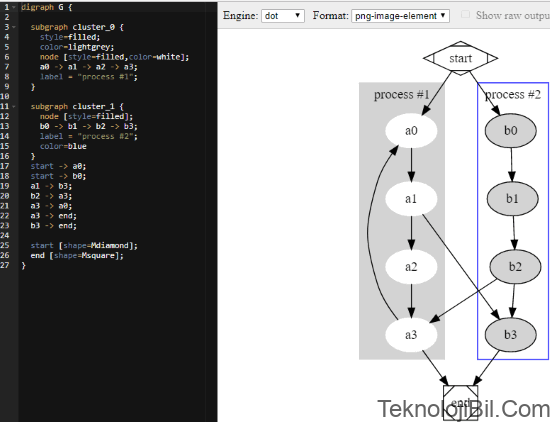
You use to_latex(G, caption="A caption"). Usually, you will want the drawing to appear in a figure environment so Position nodes in layers of straight lines.Įxport NetworkX graphs in LaTeX format using the TikZ library within TeX/LaTeX. Position nodes using the eigenvectors of the graph Laplacian. Position nodes using Fruchterman-Reingold force-directed algorithm. Return a dictionary of scaled positions keyed by node Returns scaled position array to (-scale, scale) in all axes. Position nodes uniformly at random in the unit square. Position nodes without edge intersections.

Position nodes using Kamada-Kawai path-length cost-function. Warning: Most layout routines have only been tested in 2-dimensions.īipartite_layout(G, nodes) Is a square of side (default: )Ĭhanging center shifts the layout by that amount.įor the other layout routines, the extent is Node positioning algorithms for graph drawing.įor random_layout() the possible resulting shape

Returns a NetworkX MultiGraph or MultiDiGraph from the dot file with the passed path.Ĭreate node positions using Pydot and Graphviz.Ĭreate node positions using pydot and Graphviz. Write NetworkX graph G to Graphviz dot format on path. Returns a pydot graph from a NetworkX graph N. Returns a NetworkX graph from a Pydot graph. Draw_networkx(G)ĭraw_networkx_nodes(G, pos)ĭraw_networkx_edges(G, pos)ĭraw_networkx_labels(G, pos)ĭraw the graph G with a Kamada-Kawai force-directed layout.ĭraw a planar networkx graph G with planar layout.ĭraw the graph G with a spectral 2D layout.


 0 kommentar(er)
0 kommentar(er)
